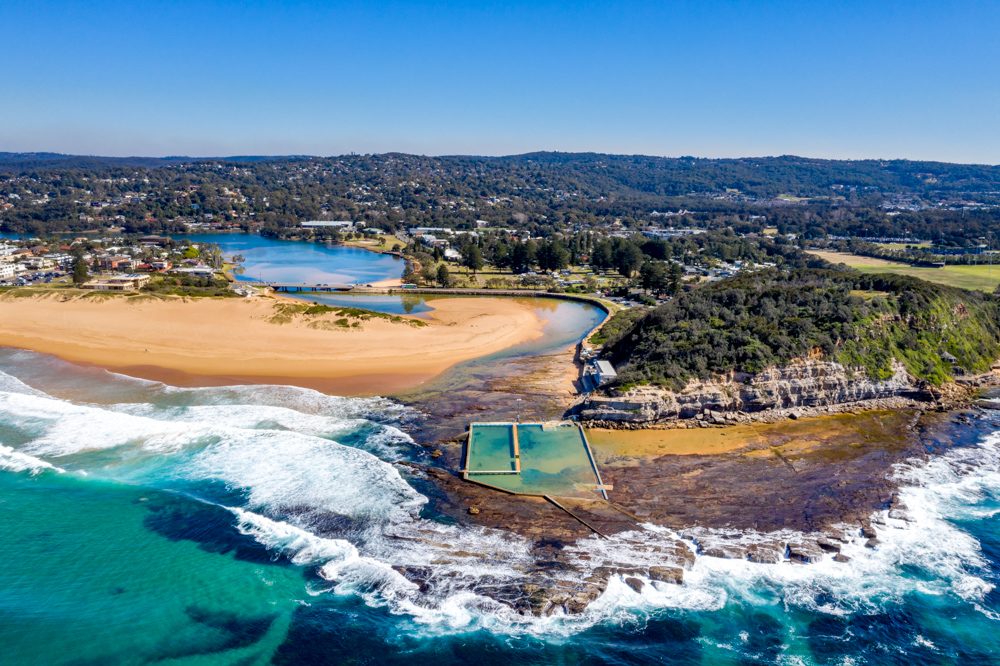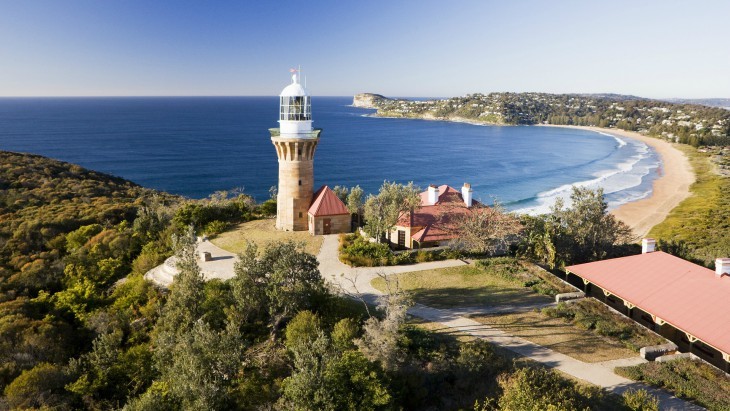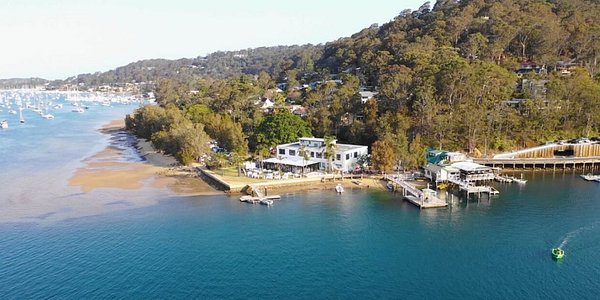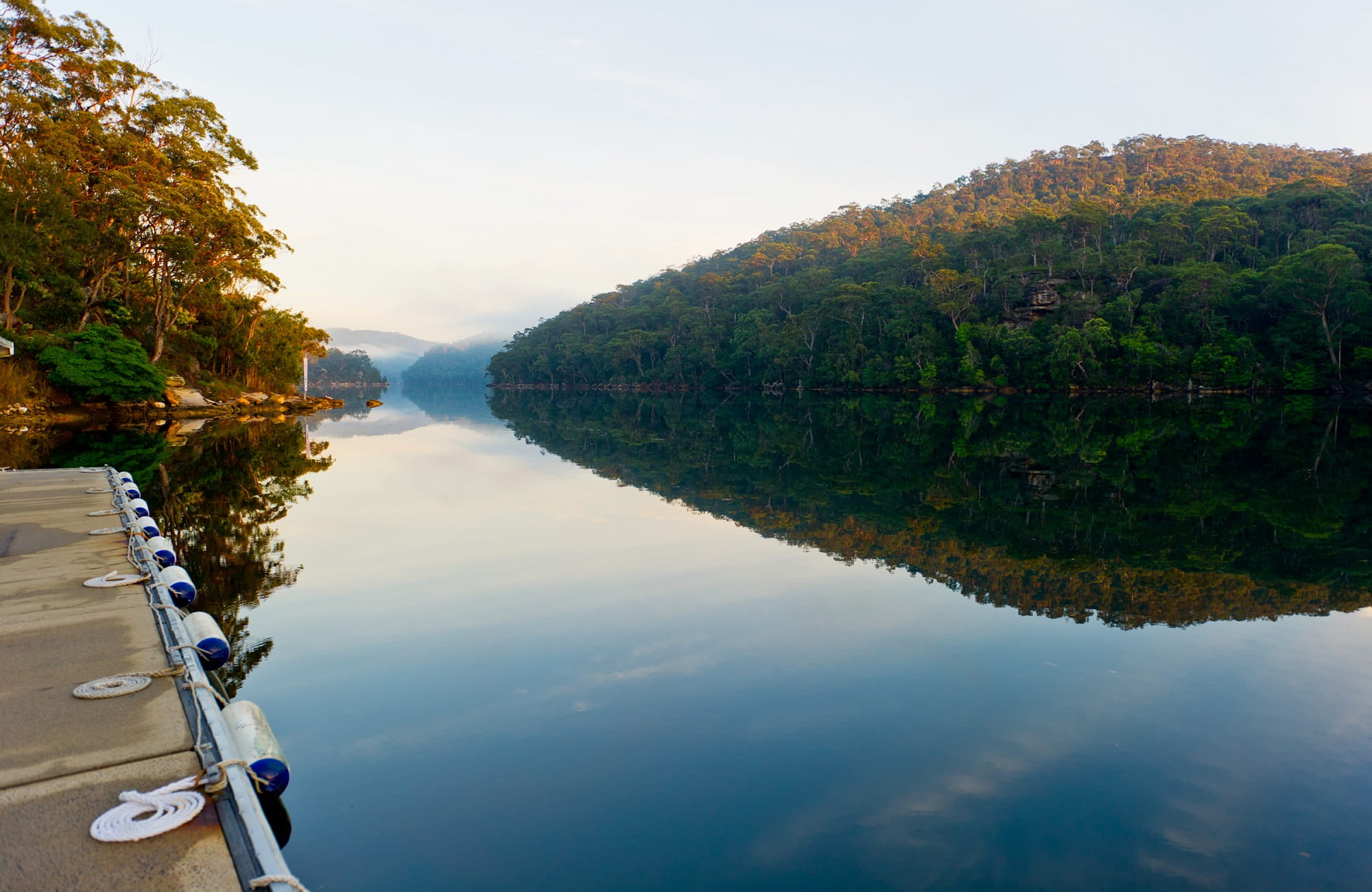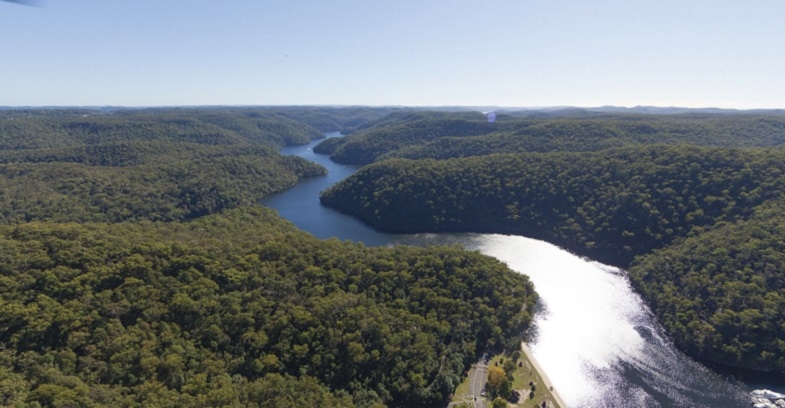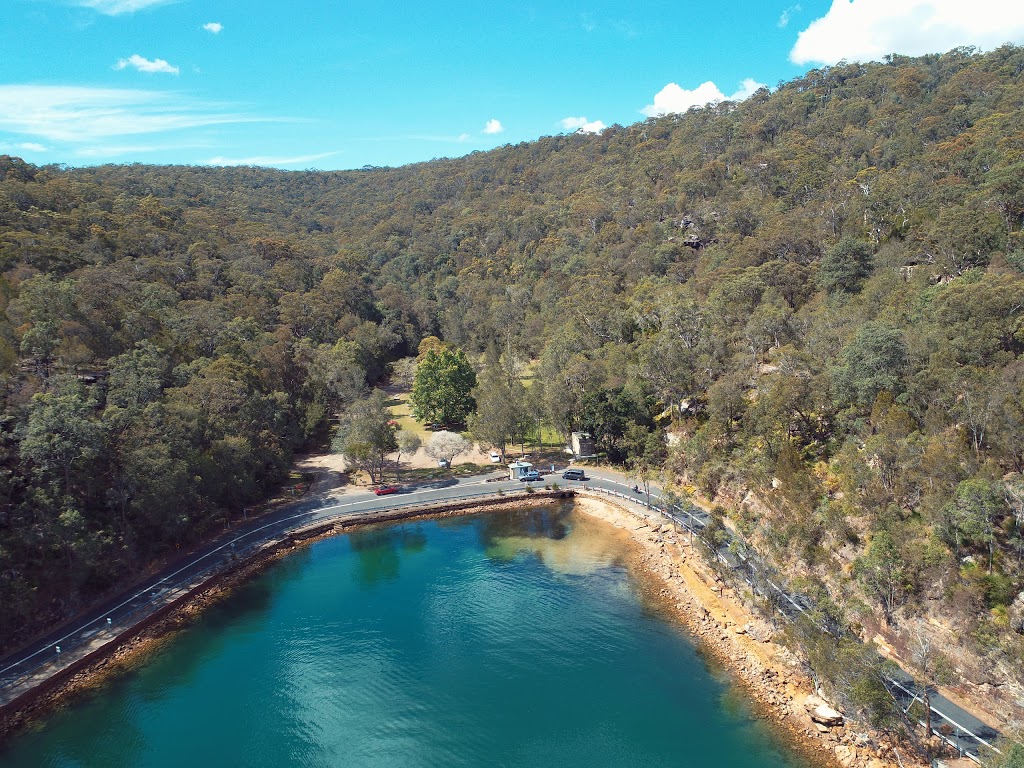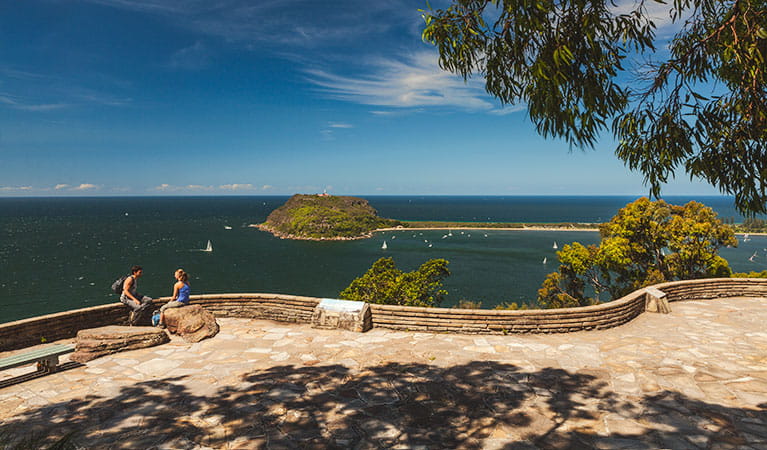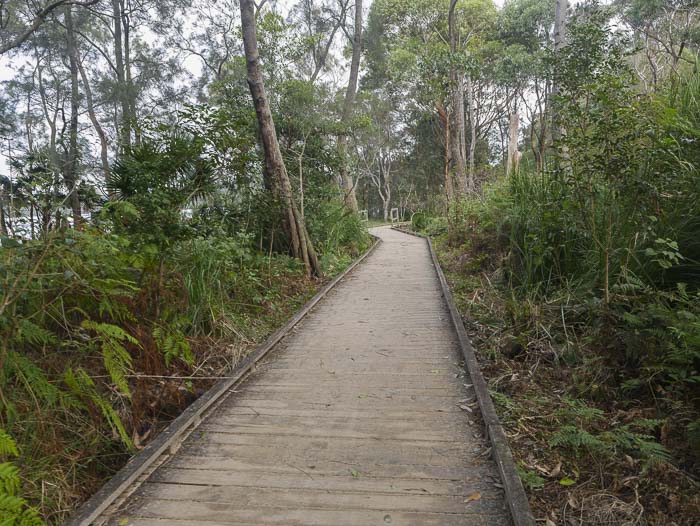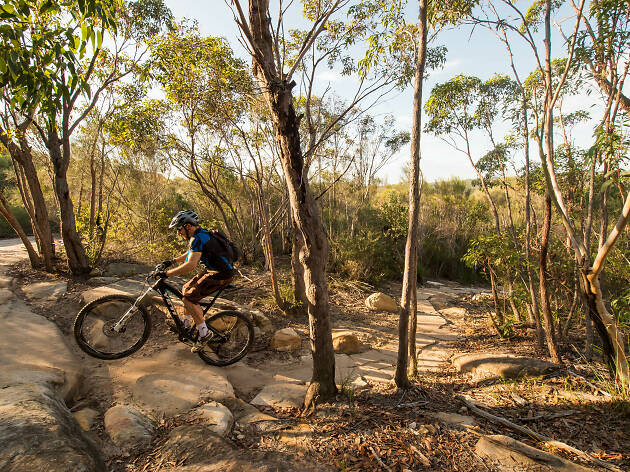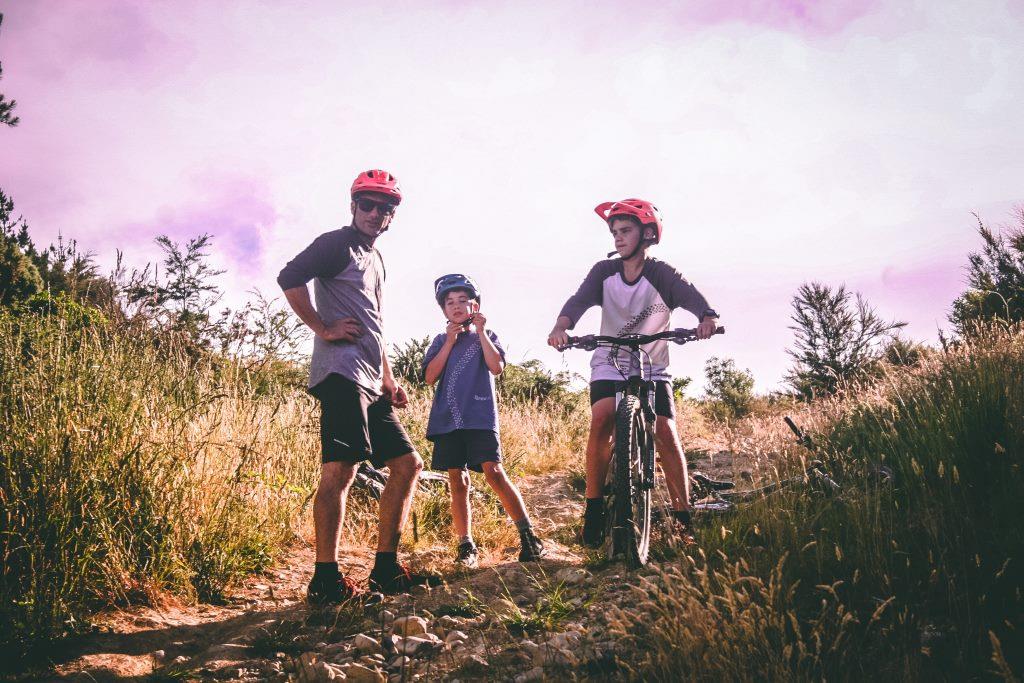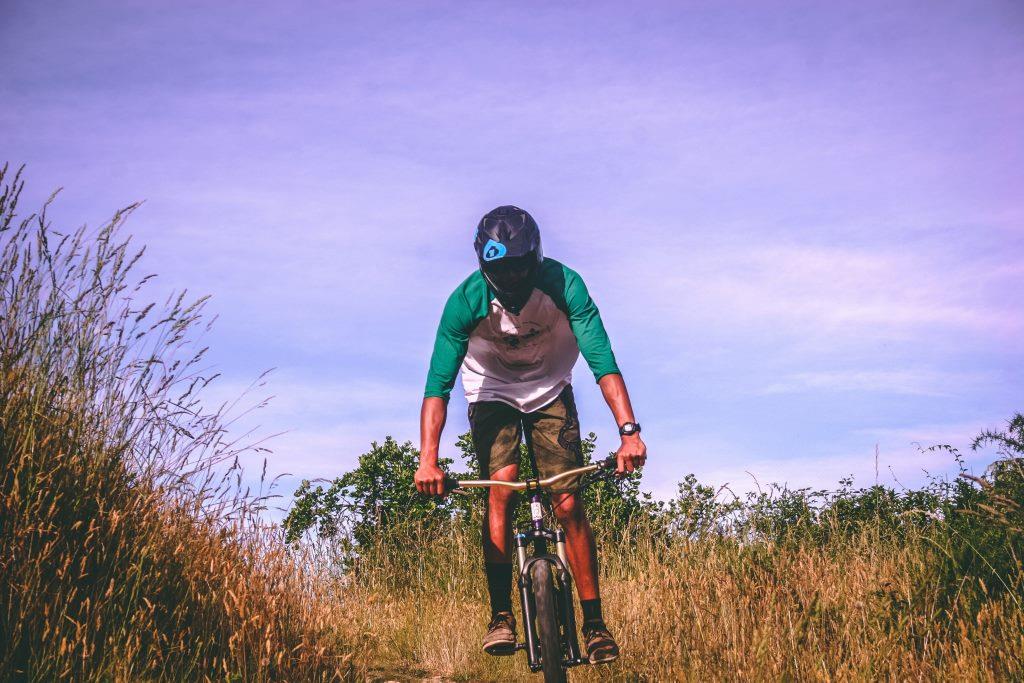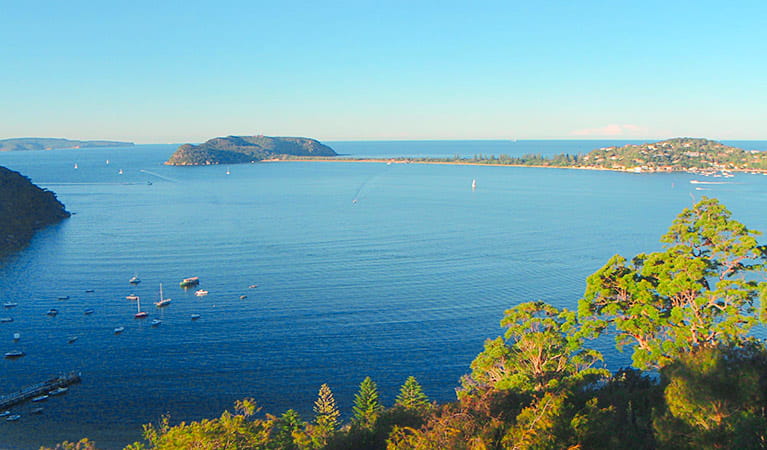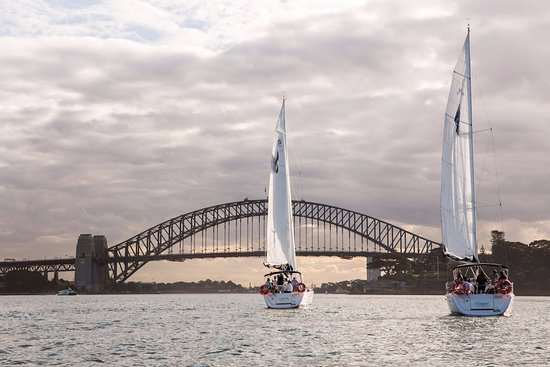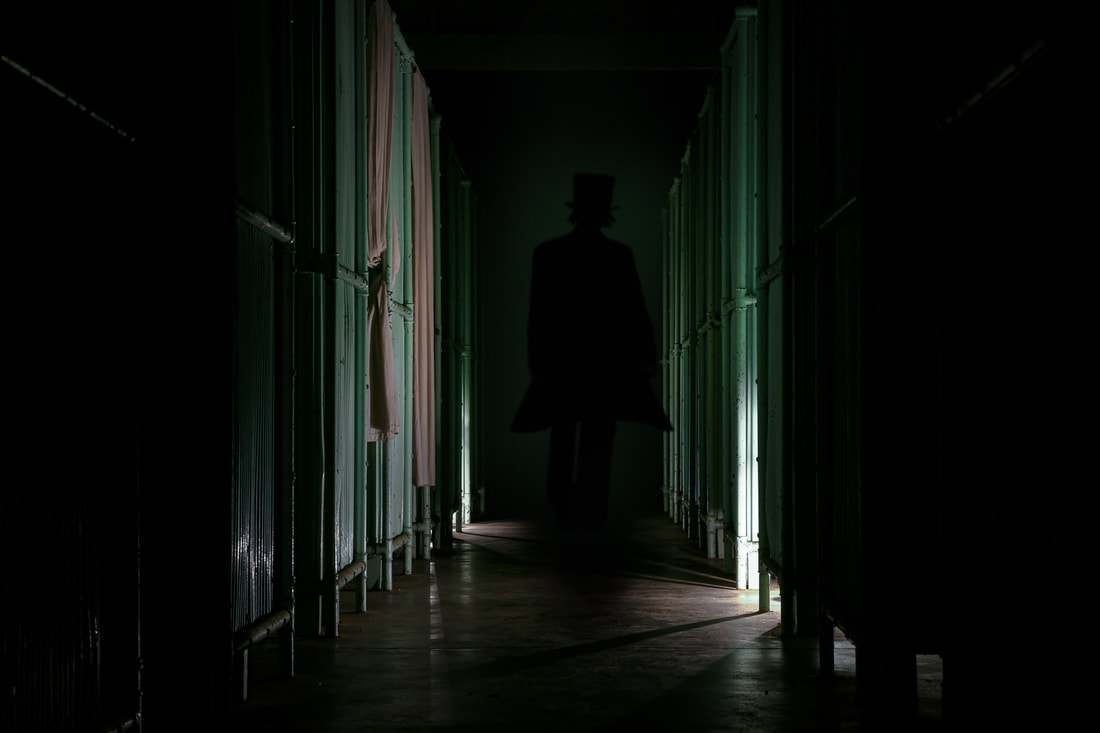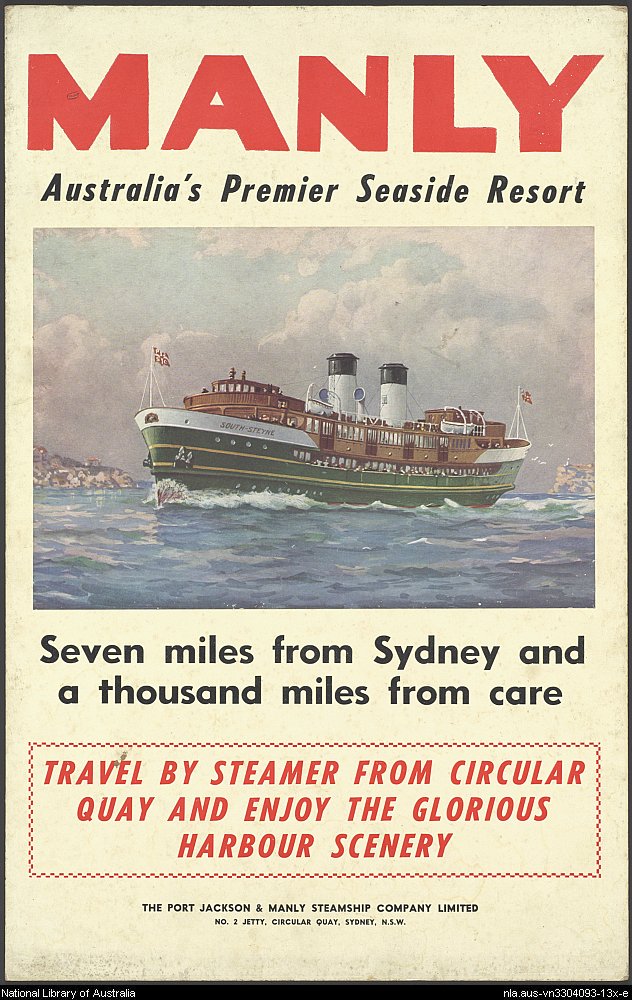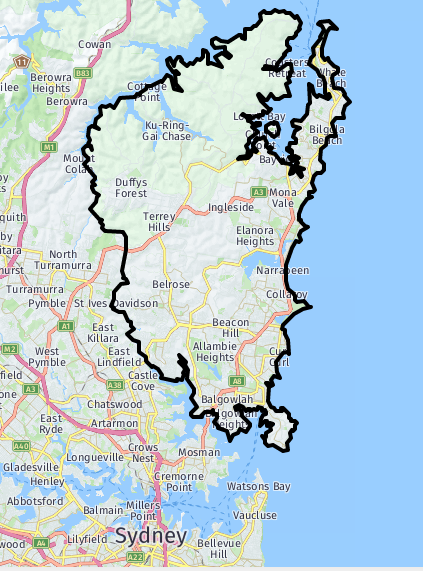The Northern Beaches of Sydney is our home in Australia, it is where the engine of our business resides and where our staff enjoy the beach life along with great cycling.
Traditional Owners
Maglia Nera Cycling Tours acknowledges the Traditional Owners of the land, the Guringai Aboriginal people, of the Eora nation, on whose land we now stand, we pay our respects to the Elders past and present.
Well known as the 'insular peninsular', it is a long running joke that once your go to live in the Northern Beaches, you never leave. The area was explored in back in 1788 by Captain Arthur Phillip and settlement dates back to 1796, though development was slow due to difficult terrain and access being only by ship. The first land grants were recorded back to 1810 for logging and farming, with numerous small communities being established. Some growth occurred during the 1880s and 1890s, as access was improved. The area significantly changed in 1923 when the first bridge (now called The Spit) linked Mosman to Manly, it was here that coastal areas became a popular holiday destination, with many guesthouses, weekenders and holiday homes built. Significant residential development occurred from the 1950s, along with industrial and commercial development during the 1960s and 1970s. The population increased gradually from the early 1990s, rising from under 207,000 in 1991 to nearly 274,000 in 2020.
The Northern Beaches consists of 34 beaches, these being: Avalon Beach, Bilgola Beach, Bungan Beach, Clareville Beach, Clontarf Beach, Collaroy Beach, Dee Why Beach, Fairlight Beach, Fishermans Beach, Forty Baskets, Freshwater Beach, Great Mackerel Beach, Long Reef Beach, Manly Beach, Mona Vale Beach, Narrabeen Beach, Newport Beach, North Avalon Beach, North Curl Curl Beach, North Narrabeen Beach, North Palm Beach, North Steyne Beach, Palm Beach, Paradise Beach, Queenscliff Beach, Sandy Beach, Shelly Beach, Snapperman Beach, South Curl Curl Beach, South Narrabeen Beach, Station Beach, Turimetta Beach, Warriewood Beach,
Whale Beach,
